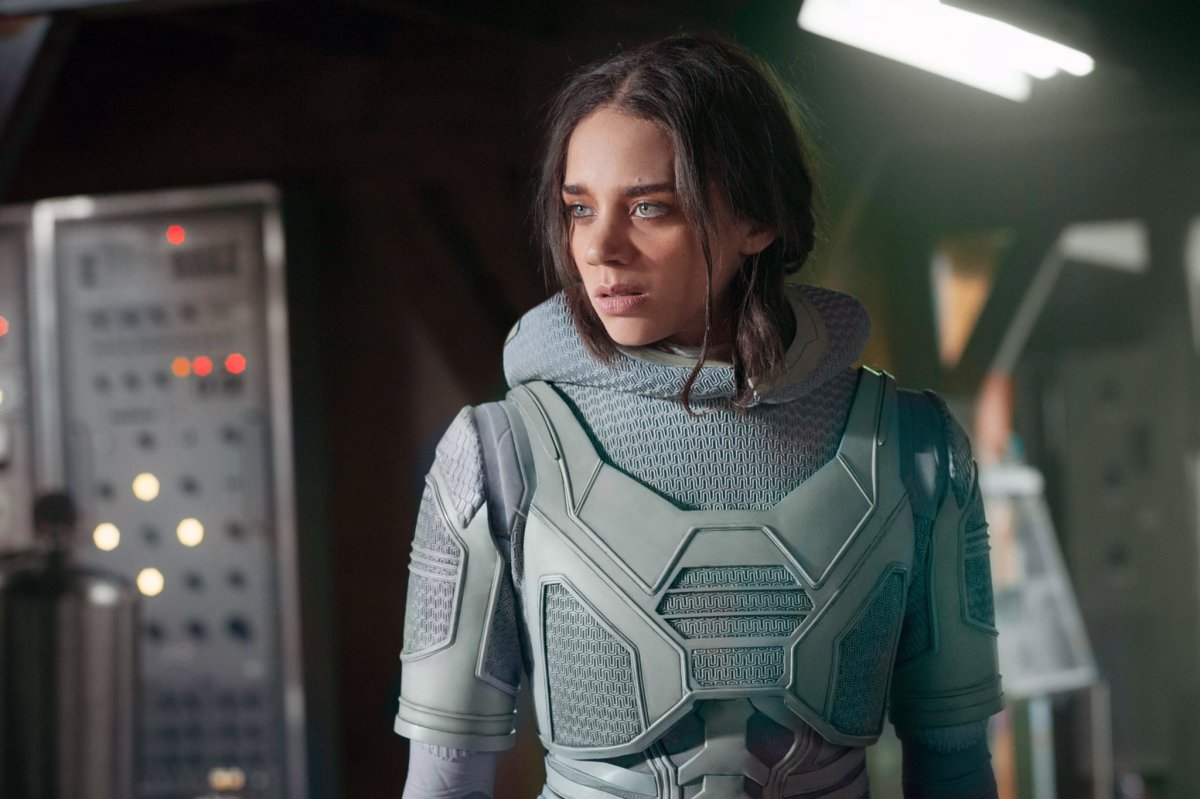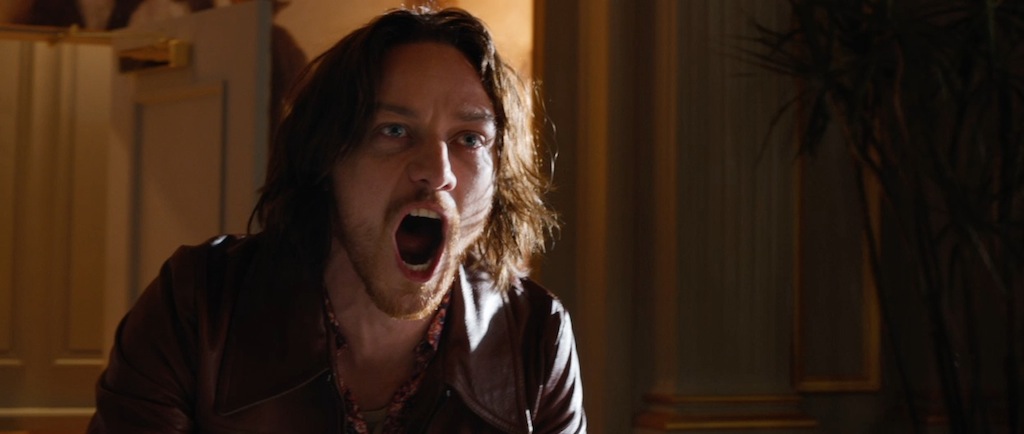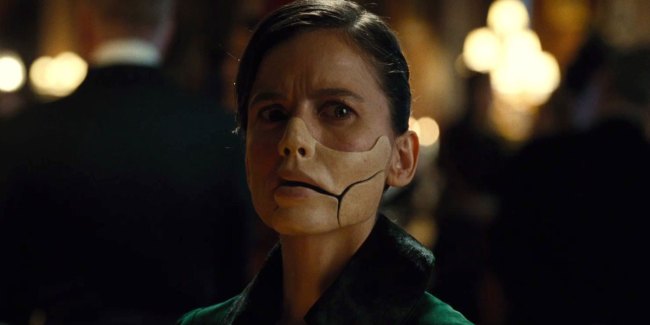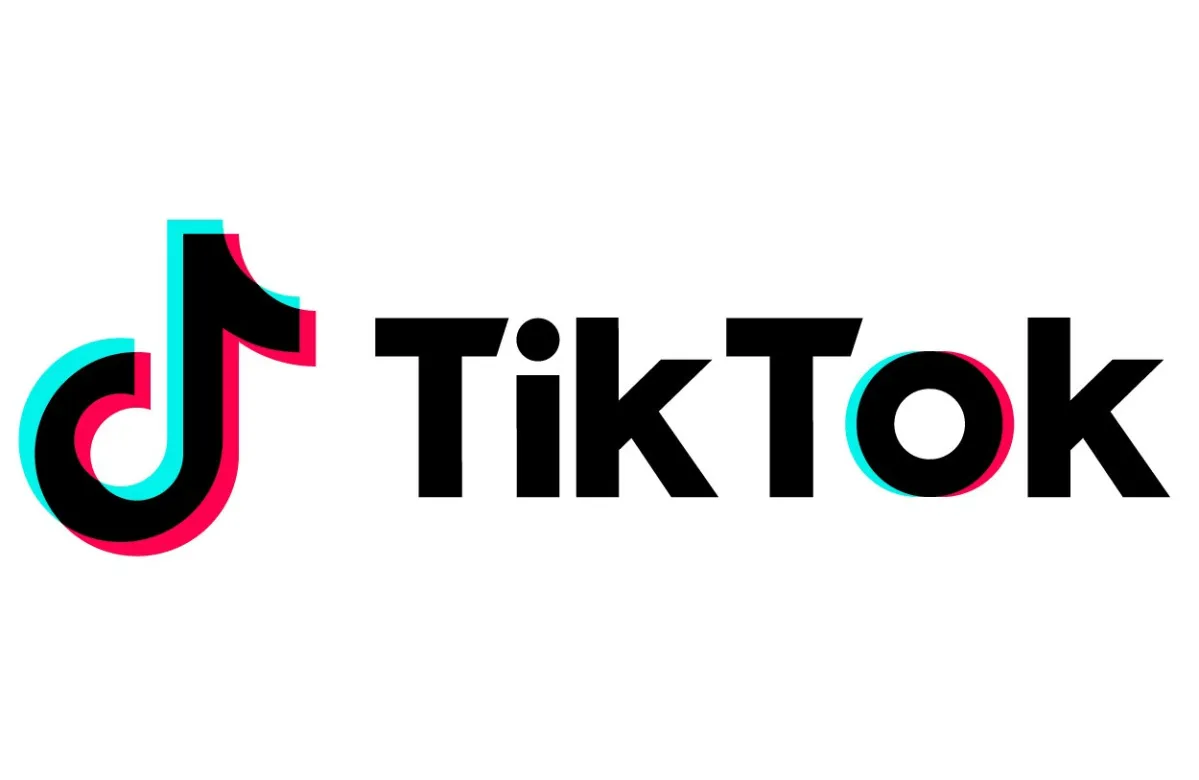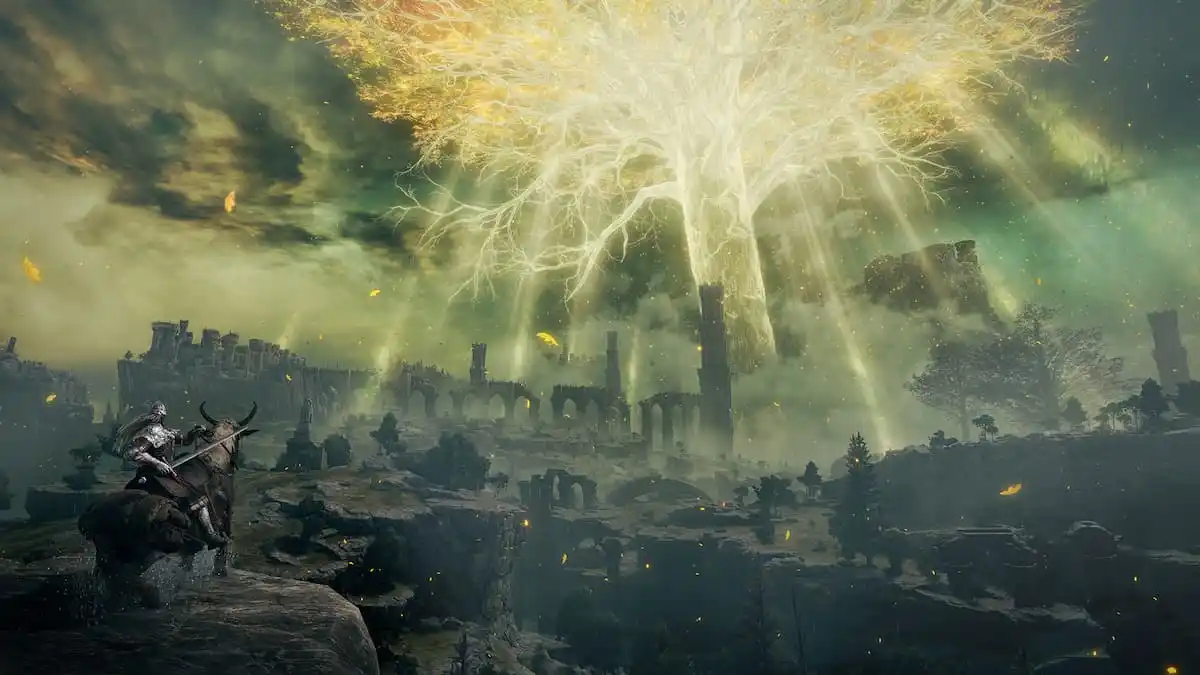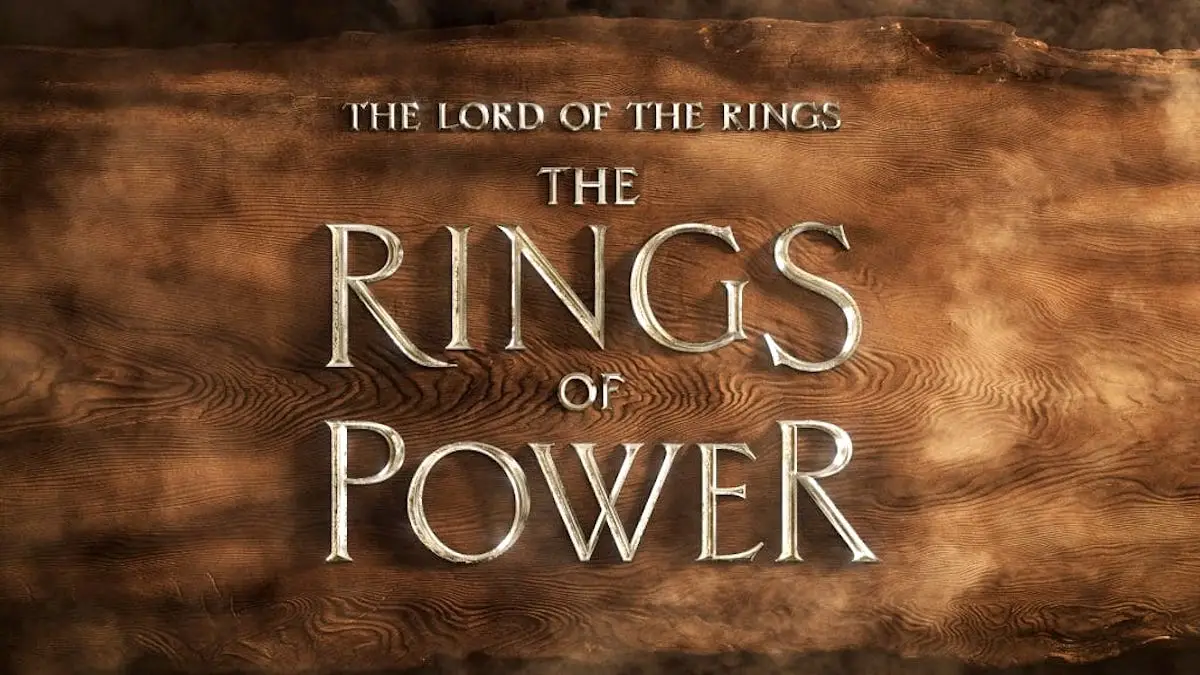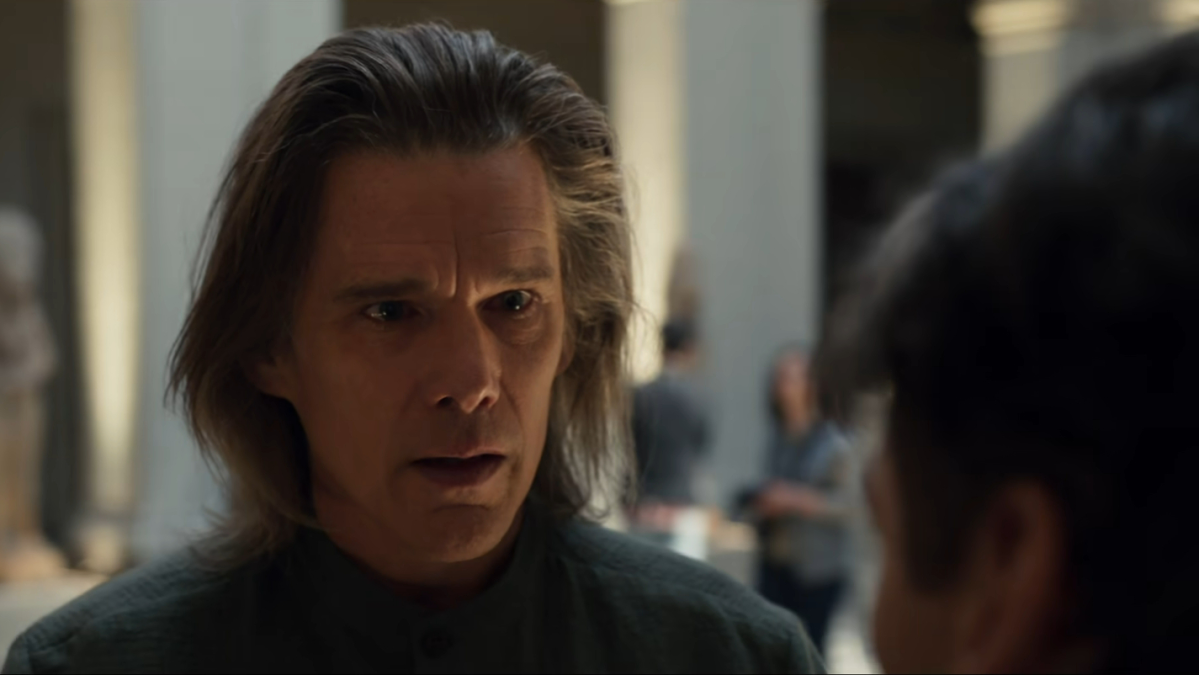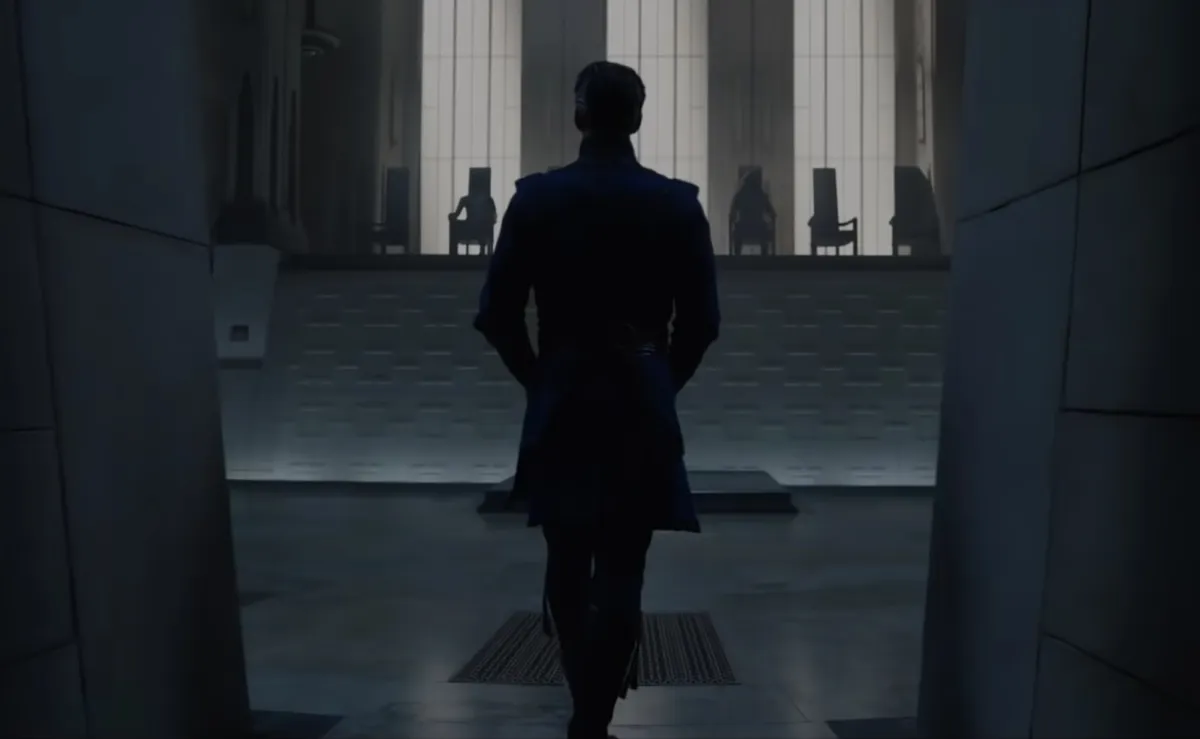[Editor’s note: The author has made several changes for clarification throughout the post.]
Villains are a critical part of superhero movies. After all, there wouldn’t be any heroes or vigilantes without villains to vanqiush, but superhero movies have a lengthy history of exploiting disabled people and vilifying disabilities themselves to provide their villains with motivation. Usually, these instances aren’t as obvious as making chronic arthritis the source of a villain’s angst.
As a disabled person, I don’t claim to represent the entire community, that my perspective invalidates any contradictory views, or that disabled people (fictional or not) don’t have a right to varying emotions about their disability, but the way superhero movies handle a character’s disability can have a heinous impact on how people perceive real-life disabilities.
Ant-Man and The Wasp showcased several notable milestones for the superhero genre. It gave us our first woman superhero to have her name in the title of a Marvel film, who more notably had an equal amount of screen time to her male counterpart. Scott Lang and Hank Pym also restored our faith in Marvel fathers, but even with the film’s mindful portrayals of women and family bonds, it isn’t without faults.
Though she isn’t innately evil, the film uses Ghost’s—a.k.a. Ava Starr—chronic pain, which is very much a disability in many cases, as a prop to justify her actions. She attacks the arthropod-themed duo and steals Pym’s lab, in part because of that pain. Although Ava’s quantum phasing also critically limits her life expectancy, she explicitly says that her phasing gives her insurmountable pain, which leads her to attack Hope, Scott, and their allies, all to make it stop. Still, Ava ignores Hank and Hope’s similarly pressing needs for the same technology to hijack it for herself. Using her chronic pain as a reason for her to ignore other peoples’ needs only bolsters the stigma that disabled people are solely defined by their disability.
Although Ava’s motives might seem cloaked in her desire to survive, her focus on the chronic pain shows that she’s more concerned about stopping her pain than she is with preventing her own death. While many can relate to her want and need to stop her pain, because we all have a right to cope in whatever context that means for us, seemingly putting her pain before her life can contribute to able-bodied individuals’ distorted view on disabilities.
Even when she meets Janet van Dyne, she tells her that she just wants the pain to stop. To a non-disabled person, it might seem reasonable to have a sense of urgency when treating painful symptoms, but Ava’s obsession with her pain over her own mortality sets up the prejudiced disability narrative that people would rather die than live with pain.
In the same way that Ava can help some navigate their grieving process and even sympathize with the harsh reality that, at times, we’d rather die than have a certain aspect of our disability, using a character’s pain as a the primary motivator for can paint the picture that disabled people would stop at nothing to annul a part of their identity.
Ava’s transition from villainy to an apparent anti-hero also contributes to the misrepresentation of disabled people and our outlook on our disabilities. Once Janet treats Ava, she shows compassionate and empathetic characteristics under her villainous facade. This can be natural character development after her chronic pain is treated, because treatment is necessary and wanted for most of us, but being a compassionate individual and having a disability and chronic pain aren’t mutually exclusive—nor are they mutually inclusive.
Given the generally mindful and wholesome content in Ant-Man and The Wasp, it might seem hypercritical to criticize the film for misrepresenting disabilities and chronic pain, but aside from causing mayhem for the sake of treating her chronic pain and saving her life, Ghost’s story arc also perpetuates the real-life stigma that disabled people are driven entirely by their disabilities. The way Ant-Man and The Wasp rewrites this classic comic book villain shows viewers that disabilities are somehow a burden, which is harmful to the disabled community.
But the problem isn’t any one single character being motivated this way; it’s the overall trend, with disabilities rarely, if ever, depicted any other way. Ant-Man and The Wasp is hardly the only blockbuster that simultaneously exploits and stigmatizes disabled people.
Unlike the comics, the movie version of Charles Xavier becomes disabled after he’s shot in the back at the end of X-Men: First Class. His paralysis didn’t cause Charles to transition to life in the Brotherhood of Mutants, but its depiction was still extremely negative. Instead of influencing him to go on a villainous tirade, his newfound disability caused him to alienate himself from his friends and fellow mutants.
Rather than accept his disability and his mobility aid, young Charles spent an unhealthy portion of X-Men: Days of Future Past developing an addiction to a serum in attempts to suppress his paralysis. Accepting disability can be a process, but pop culture typically showcases the gritty road to accepting one’s disability rather than alternate options and can skew public perception.
Charles’ defiant reaction to becoming disabled is a hackneyed theme for previously able-bodied characters in superhero movies and television shows. In fact, many of us don’t grieve from losing partial mobility or becoming disabled, because disabilities aren’t innately heinous. Disabilities can drastically change anyone’s life, but that doesn’t mean a disability takes something away from a person’s life, nor does it worsen their personality or moral code.
Yes, because our disabilities are as divergent as we are, they can take away certain aspects of our mobility, hobbies or life, but our limited mobility is predominantly impacted by the lack of accessibility in our society.
Though disability can also add positive elements to our lives, so many superhero films and series use mental and physical disabilities to make a character’s life worse or to set them on the path to villainy. While disabled people can, of course, commit nefarious acts, incorporating a disability into a villainous character arc creates a clear, albeit harmful, correlation between disabilities and wickedness.
The act of desperately trying to find a cure for a sudden disability also shows up in Dr. Strange’s narrative, where he becomes a villain in Christine Palmer’s life when his disability apparently exacerbates his sour personality. Disabled people have every right to feel bitter, but our bitterness often stems from lack of accessibility and how others treat us because of our disabilities.
Though she was a villain before Aries influenced her, Isabel Maru, a.k.a. Dr. Poison, in Wonder Woman also falls under the trend of vilified disabilities. Villains with facial disfigurement aren’t an uncommon commodity in superhero films, and they often have negative connotations in pop culture. In fact, characters with facial disfigurement in other genres are typically whittled down to outsiders in a community, where visibly able-bodied characters can avoid them.
Because this cinematic stereotype is already so prevalent, Isabel’s facial disfigurement has a similar impact, particularly because her pre-Aries villainy was depicted offscreen. Instead of using her acid scars to portray her as an outsider in Wonder Woman, the film uses her physical features for crude shock value. When faced with the woman who killed countless people with her concoctions, Diana hesitates and ultimately decides not to kill her. Diana’s flashbacks to Steve Trevor’s parting words could explain her decision, but the fact that Isabel’s prosthetic mask falls over during this sequence lends to her pitying the villainous chemist.
We might not typically associate pity with villains, even relatable and perhaps misunderstood villains, which is why this sympathy-induced moment subtly preserves a real-life prejudice that disabled people face: inspiration porn. Inspiration porn uses stories of how people deal with or overcome their disabilities to get non-disabled people to praise disabled people solely for living and existing with a disability, even though disabilities don’t need to be healed or conquered to begin with. Inspiration porn prevents disabilities from being normalized.
In this particular moment in Wonder Woman, Diana obviously isn’t praising Isabel or co-opting her personal narrative when she decides against tossing a vehicle on her, but it shows that Diana develops a different opinion because of Isabel’s physical appearance. Altering the hero’s view from vengeance to morally righteous pity parallels many able-bodied peoples’ opinions of disabled people. Non-disabled people praise disabled people for their own irrational pity in real life, and Isabel’s face-reveal scene only feeds into this stigma of pity.
Like the women in refrigerators trope, superhero movies have used disabilities to influence affected characters in a negative way. It makes them temporarily or permanently become acrimonious, villainous, or blatantly bitter. None of these words can effectively describe a disability, because individual disabilities are just as diverse as the disabled community itself. Like any physical or mental health condition, not everyone considers their health, diagnosis, or wellbeing a disability, even when another person might. It’s a highly subjective concept, but superhero movies seem to have decided they only feel one way about it, time after time.
They continually use disabled people and disabilities themselves to guide the plot or transform a character’s persona. Though supervillains are heavily steeped in metaphors for disabilities and actual disabilities, superhero films can prevent this trope from continuing by hiring disabled writers, directors, and actors to craft more healthy representation for disabled characters to continue to include the breadth of disabled people in superhero films.
(featured image: Marvel Entertainment)
Chelsea Jackson is a freelance writer and illustrator who spends her time rewatching Star Trek and impatiently awaiting the Young Avengers’ debut in the MCU. Follow her @nuancednerd.
Want more stories like this? Become a subscriber and support the site!
—The Mary Sue has a strict comment policy that forbids, but is not limited to, personal insults toward anyone, hate speech, and trolling.—



